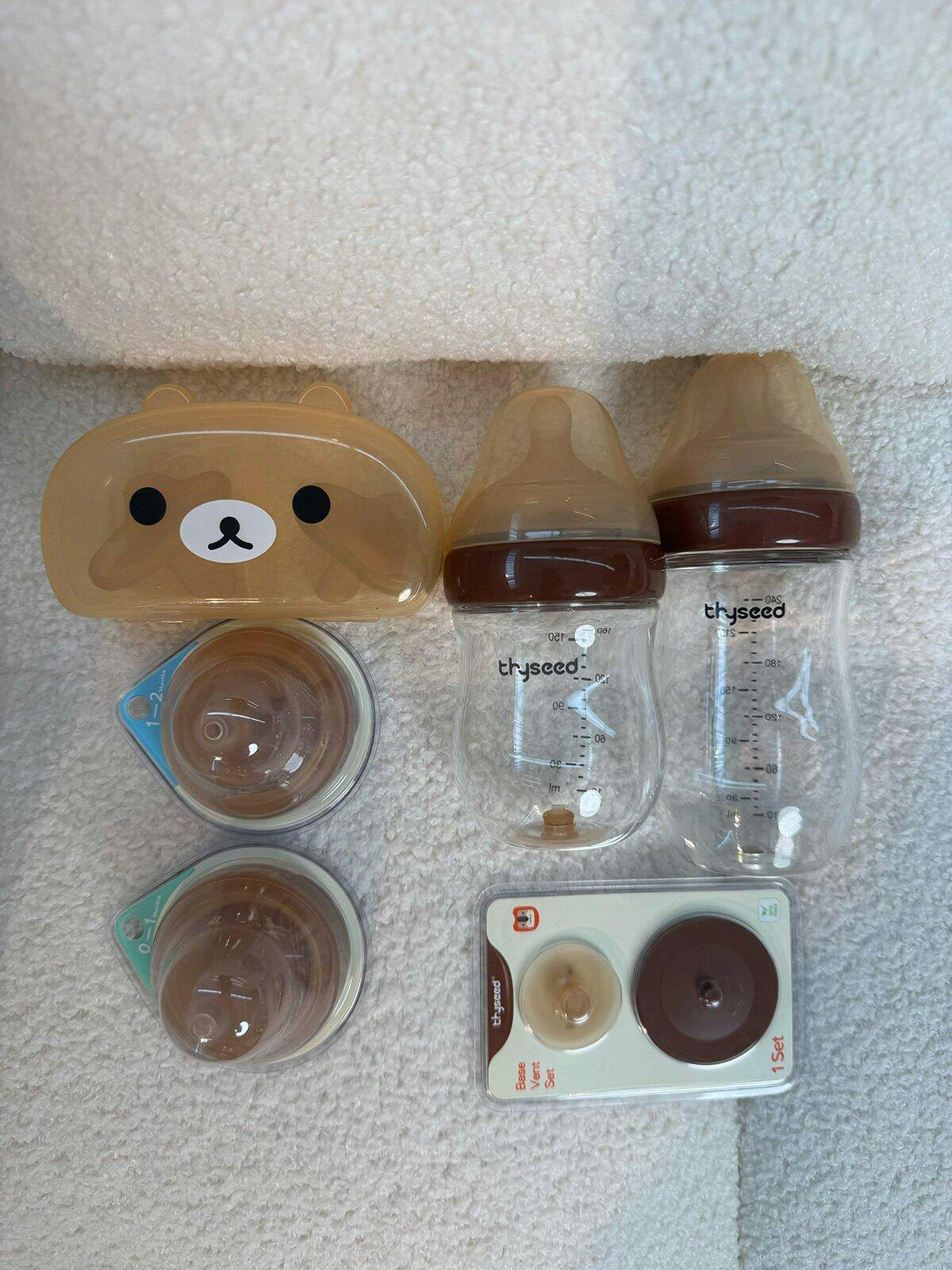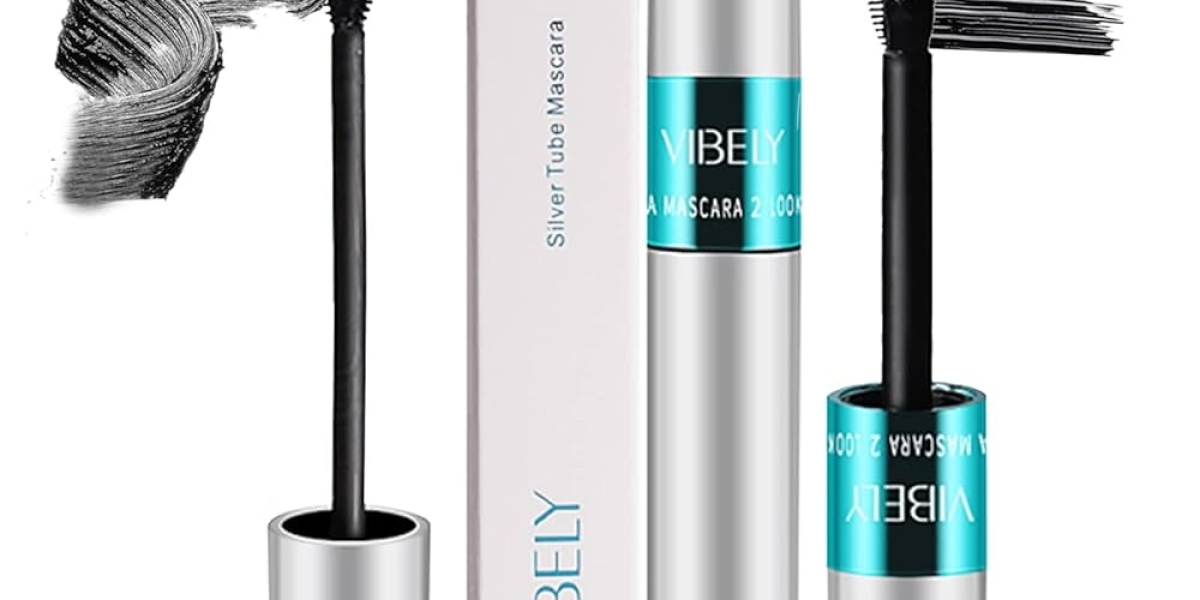Unlock the Secret to Choosing the Perfect Bottle for Your Newborn!
Choosing the right feeding bottle for your newborn is more than just a simple decision; it can significantly influence your baby's feeding habits and overall health. With numerous options available in the market, including various materials, shapes, and sizes, parents can often feel overwhelmed. This article aims to guide you through the essential factors to consider when selecting a feeding bottle that suits your newborn's needs, ensuring a smooth and comfortable feeding experience for both you and your little one.

Understanding the Different Types of Feeding Bottles
Feeding bottles come in various materials, each with its own set of benefits and drawbacks. Plastic bottles are lightweight and shatterproof, making them a popular choice among parents. However, it is crucial to ensure that the plastic is BPA-free to avoid potential health risks. Glass bottles, while heavier and more fragile, are easy to clean and do not retain odors or stains. They are often seen as a safer option, but they do require careful handling. Silicone bottles are another alternative, offering flexibility and durability, as well as being generally easy to clean. When choosing a bottle, consider the material that aligns best with your lifestyle and safety preferences, as each option has its unique advantages.
Choosing the Right Nipple for Your Newborn
The nipple of the feeding bottle plays a crucial role in your baby's feeding behavior. Nipple shapes vary widely, with options like orthodontic, wide-neck, and standard shapes available. Each shape can affect how your baby latches on and feeds. Additionally, nipple flow rates are essential to consider; newborns typically require a slower flow to prevent choking. As your baby grows, you may need to adjust the nipple to accommodate their feeding pace. Materials also differ, with options like silicone and latex each offering unique textures and sensations. Take the time to observe how your baby responds to different nipples, as this can greatly enhance their feeding experience.
Size and Capacity Considerations
When selecting a feeding bottle, the size and capacity matter significantly. Newborns typically consume small amounts of milk, so choosing a bottle with a capacity that matches their needs is vital. Bottles that hold 4 to 8 ounces are often ideal for newborns, allowing for frequent feeds without overwhelming them. Additionally, larger bottles may become cumbersome for tiny hands to hold, potentially making feeding more challenging for you and your baby. Consider how often you want to refill the bottle and the comfort of handling it during feeding times.
Ease of Cleaning and Maintenance
Keeping feeding bottles hygienic is crucial for your newborn’s health. Opting for bottles that are easy to clean can save valuable time and effort. Features such as wide necks allow for easier access when washing the bottle thoroughly. Many parents also prefer dishwasher-safe options, which simplify the cleaning process even further. Regular cleaning is essential to prevent bacteria growth and to ensure a safe feeding environment for your baby. Take note of how the bottles disassemble for cleaning; simpler designs often make maintenance a breeze.
Additional Features to Consider
In addition to basic designs, many feeding bottles come with extra features that can enhance the feeding experience. Anti-colic bottles are designed to reduce the air intake while feeding, which can help prevent gas and discomfort for your newborn. Vented systems are also available that promote a steady flow of milk without creating vacuum pressure, making feeding smoother. Ergonomic shapes can provide better grip for parents, making it easier to hold the bottle comfortably during feeding sessions. Assess these features based on your and your baby's preferences, as they can significantly improve the feeding experience.
Summary of Key Considerations
In summary, selecting the right feeding bottle for your newborn is a critical decision that can affect their feeding habits and comfort. From understanding the various types of bottles and nipples to considering size, ease of cleaning, and additional features, every aspect plays a role in ensuring a positive feeding experience. Take your time in making this choice, and don't hesitate to seek advice from other parents or healthcare professionals if needed. By doing so, you can provide the best possible feeding environment for your newborn, promoting their health and happiness.








